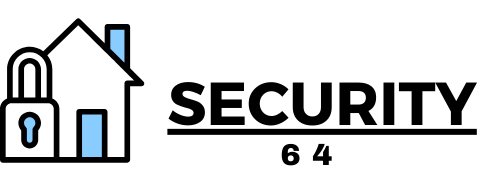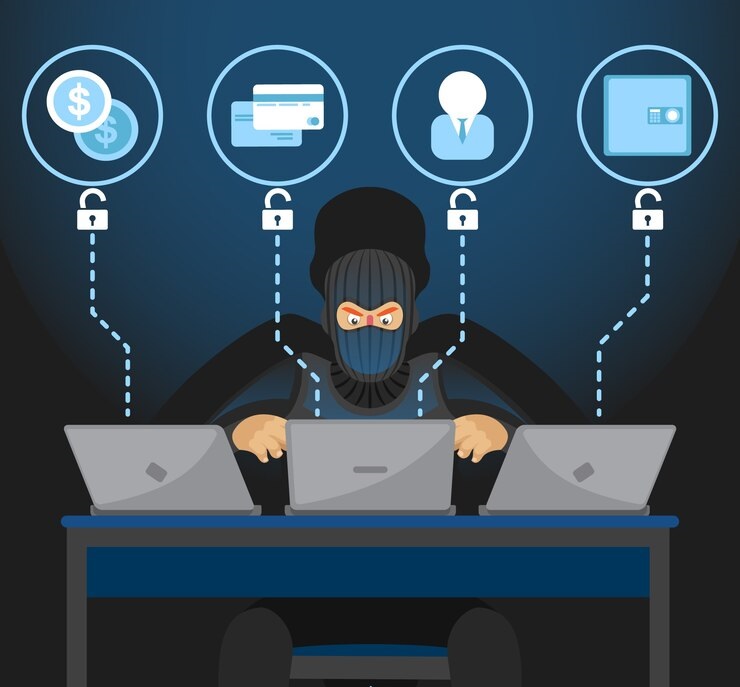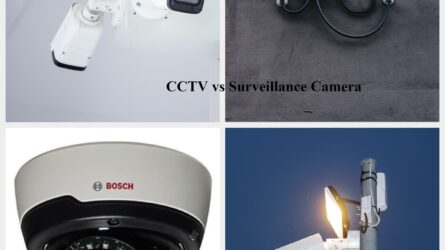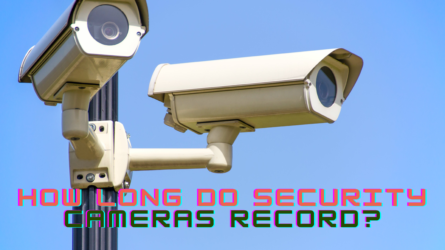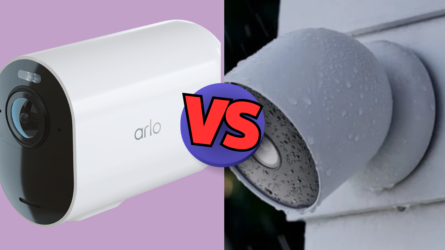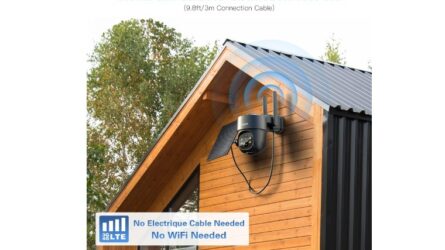Surveillance camera hacking
Is it possible to hack into surveillance cameras? This question has gained increasing relevance in today’s digital age as the use of surveillance cameras becomes more widespread. Hacking into surveillance cameras is indeed possible, and there are several reasons why this is the case. This article explores the reasons why surveillance cameras can be hacked, citing past reports and data, and highlights recent improvements made by security camera companies to combat this issue.

Reasons Why Surveillance Cameras Can Be Hacked
- Weak Passwords & Settings: Many cameras come pre-loaded with weak passwords or default usernames like “admin” and “password.” Hackers can easily exploit these through automated tools, taking control of the camera and its feed. In 2016, a hacker group hijacked thousands of internet-connected cameras, displaying messages like “Hacked by the Espert Team” on security feeds across the globe [Report: Hackers Take Over Security Cameras, Display Ominous Messages].
- Insecure Networks: Cameras connect to networks just like your computer. If that network isn’t secure, hackers can potentially infiltrate it and access any connected devices, including cameras. In 2019, unsecured cameras in a casino were compromised, allowing hackers to steal customer data [Report: Casino Cameras Hacked, Exposing Customer Data].
- Malware: Just like computers, cameras can be infected with malware. This malware can give hackers remote access, allowing them to steal video footage or even disable the camera entirely. In 2018, a wave of malware targeted internet protocol (IP) cameras, giving hackers access to live feeds from homes and businesses [Report: Malware Targets IP Cameras, Leaving Homes and Businesses Vulnerable].
- Zero Day Exploits: These are security vulnerabilities that even the manufacturer isn’t aware of. Hackers can exploit these weaknesses to gain access to a camera system. A recent research project developed a technique called “EM Eye” that can potentially steal video data from cameras through walls by exploiting electromagnetic waves [Report: Hackers Can Eavesdrop Through Security Cameras, Study Finds].
- Physical Access to Cameras: Physical security is often overlooked, yet it is critical to protecting surveillance cameras. Once attackers gain physical access, they can reset the device, alter settings, or replace firmware with malicious versions. A 2015 study revealed that many IP cameras had unprotected ports and reset buttons accessible from outside, enabling easy tampering by anyone with physical access.
Recent Improvements by Security Camera Companies
In response to these surveillance camera hacking vulnerabilities, security camera companies have made significant strides in enhancing the security of their products.
Enhanced Authentication Mechanisms
Companies like Axis Communications have implemented two-factor authentication (2FA) for accessing camera systems. This additional layer of security significantly reduces the risk of unauthorized access even if the password is compromised.
Regular Firmware Updates
Many manufacturers such as Hikvision and Dahua now provide automatic firmware updates to ensure that all devices run the latest security patches. This approach minimizes the risk of exploitation due to outdated software.
Encrypted Data Transmission
To secure data in transit, companies like Bosch Security Systems have adopted end-to-end encryption for their camera data streams. This ensures that even if data is intercepted, it remains unreadable without the proper decryption key .
Improved Network Segmentation Tools
Cisco has introduced advanced network segmentation tools in their Meraki MV cameras, allowing users to isolate their surveillance systems from other network traffic. This segmentation prevents lateral movement within the network, enhancing overall security.
Enhanced Physical Security Features
Modern cameras from companies like Honeywell come equipped with tamper detection and alerts. These features notify users of any physical attempts to access or tamper with the cameras, ensuring timely responses to potential threats.
Conclusion
While surveillance camera hacking is possible due to issues like default credentials, weak passwords, outdated firmware, a lack of encryption, and software vulnerabilities, significant strides have been made to mitigate these risks. Security camera companies are enhancing encryption, ensuring regular firmware updates, implementing stronger authentication mechanisms, conducting security audits, and promoting user education. These efforts are crucial in safeguarding surveillance systems against the ever-evolving landscape of cyber threats.
By staying informed about potential vulnerabilities and adopting the latest security measures, both manufacturers and users can work together to enhance the security of surveillance cameras, ensuring they serve their purpose of protecting rather than compromising safety and privacy.
References:
- Krebs on Security. (2016). The IoT Botnet That Took Down KrebsOnSecurity.
- Symantec. (2020). Internet Security Threat Report.
- Checkmarx. (2019). Exploiting RTSP Insecurity in IP Cameras.
- Krebs on Security. (2014). Target Hackers Broke in Via HVAC Company.
- Rapid7. (2015). Security Flaws in IP Cameras.
- Axis Communications. (2021). Two-Factor Authentication for Axis Cameras.
- Hikvision. (2020). Hikvision Firmware Update Process.
- Bosch Security Systems. (2022). Encryption in Bosch IP Cameras.
- Cisco Meraki. (2021). Network Segmentation in Meraki MV.
- Honeywell. (2023). Tamper Detection in Honeywell Cameras.
